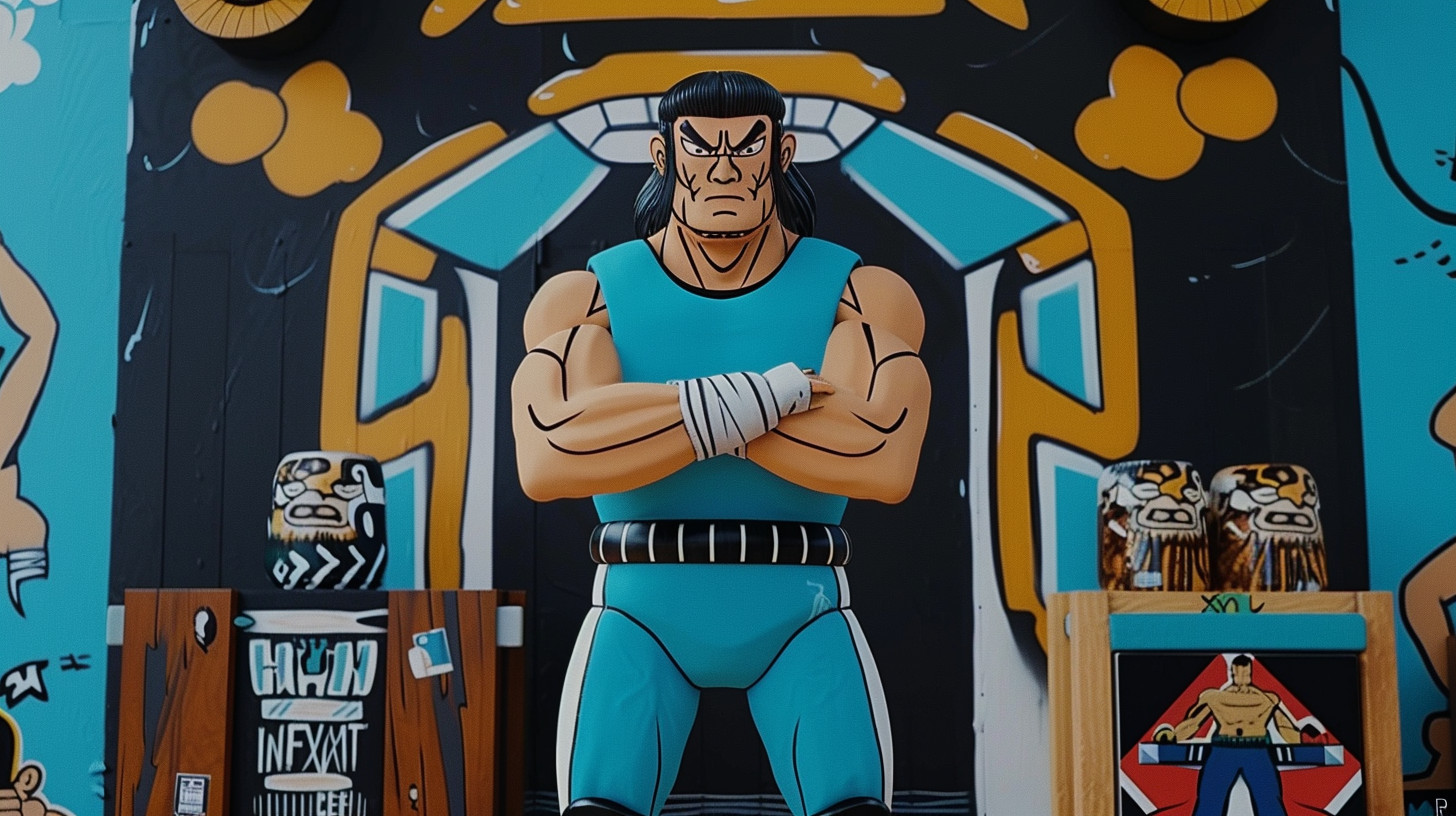The first time I ever saw Street Fighter II was at a rundown arcade near my uncle’s house in the summer of 1992. I was fourteen, awkward, and immediately mesmerized by the crowd gathered around this cabinet with colorful warriors duking it out on screen. I stood there for nearly an hour just watching before I worked up the courage to put my quarter on the edge of the machine—the universal signal for “I’ve got next.” When my turn finally came, a kid with a rattail haircut and a Guns N’ Roses t-shirt absolutely destroyed me. Three rounds, maybe 30 seconds total. I don’t think I landed a single hit.
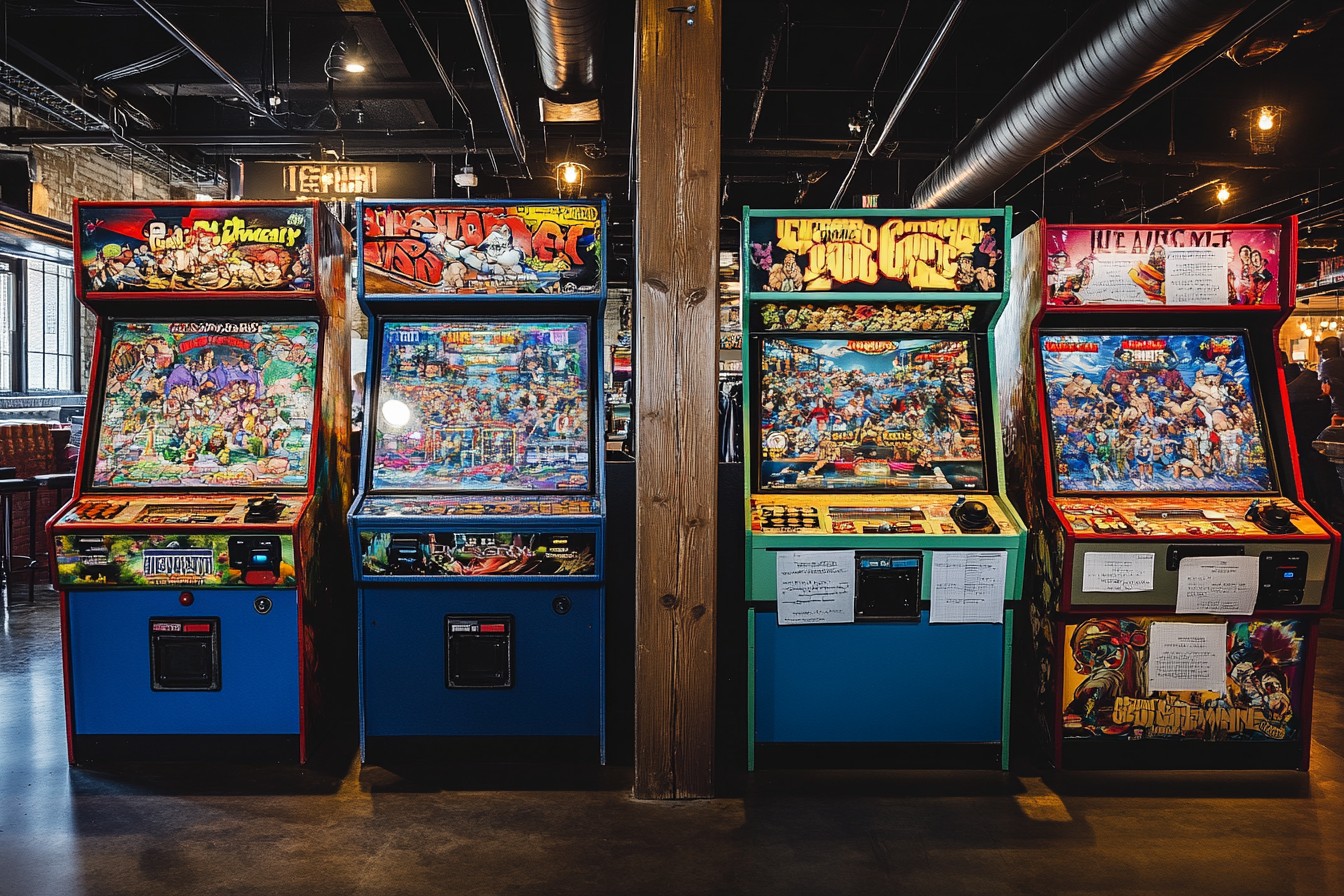
I should have been embarrassed. Instead, I was hooked.
That moment kicked off a lifelong relationship with fighting games that’s spanned three decades, countless quarters, multiple callused thumbs, and at least two relationships where “sorry, I’m practicing for a tournament” became an all-too-frequent excuse. Fighting games have evolved from their arcade origins to today’s online competitive scenes, and I’ve had a front-row seat to the whole transformation.
Street Fighter II wasn’t the first fighting game, but it was unquestionably the Big Bang of the modern genre. Everything that came after exists in its gravitational pull. What made it revolutionary wasn’t just the colorful characters or the globetrotting settings—it was the depth hiding under the surface. The game didn’t explain that Ryu’s Dragon Punch had invincibility frames or that Guile’s Sonic Boom could be used to control space. These techniques were discovered, shared, and refined by players, creating one of gaming’s first truly community-driven competitive scenes.
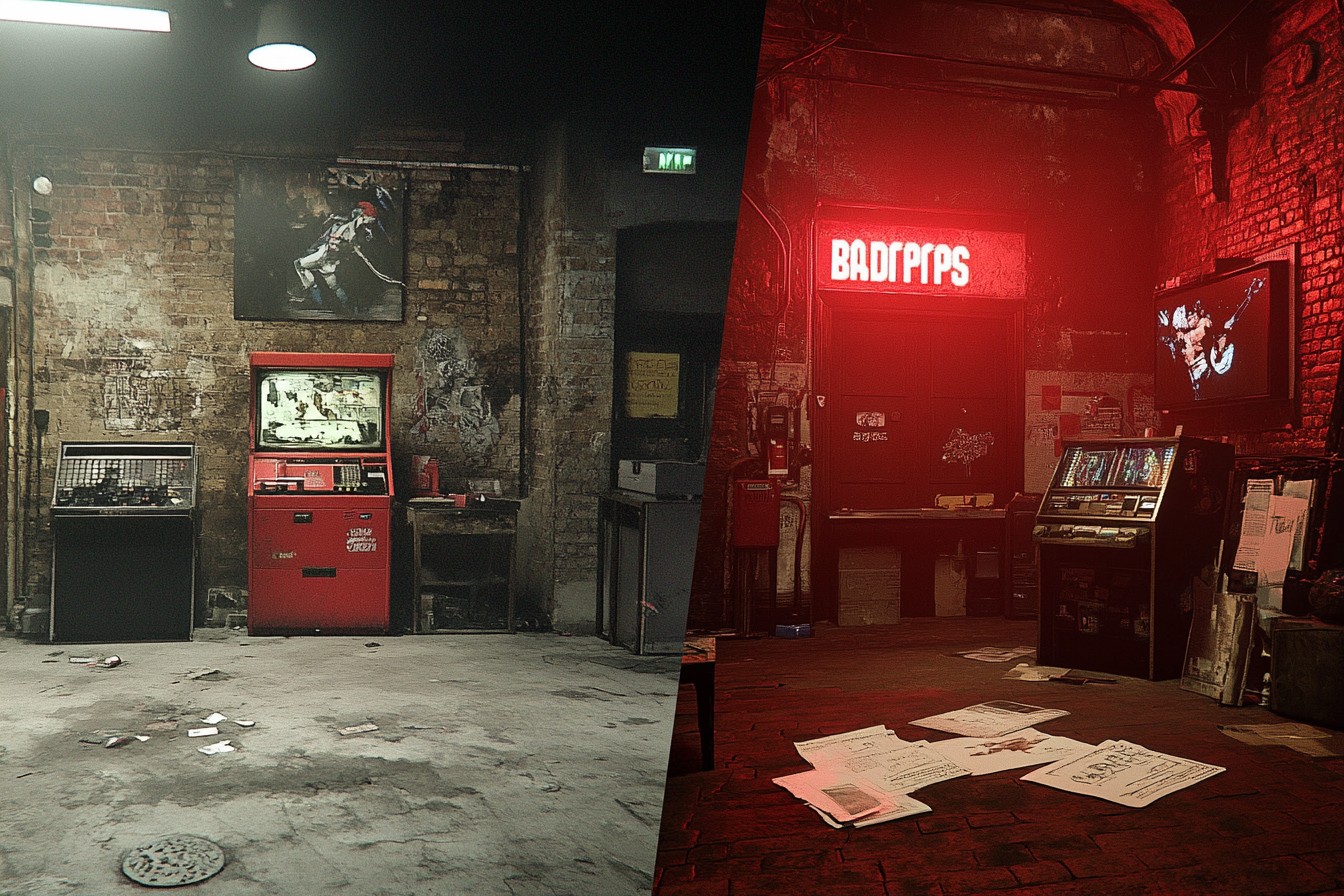
My hometown arcade became my second home that summer. I’d mow lawns and do odd jobs just to fund my Street Fighter habit. The arcade owner—a perpetually tired-looking guy named Frank who always smelled vaguely of cigarettes and coffee—eventually started letting me sweep up at closing time in exchange for free games. I got decent with Guile, whose defensive playstyle suited my cautious nature. I still got beaten more often than not, but those rare victories were absolutely intoxicating.
The arcade fighting game experience was something special that’s hard to convey to today’s gamers. There was no matchmaking algorithm connecting you with players of similar skill. You played whoever was there, whether they were a button-mashing beginner or a local legend who could execute perfect combos while barely looking at the screen. You learned by watching, by getting demolished, and occasionally by a more skilled player taking pity and showing you techniques.
My arcade nemesis was a guy we all called Shin (not his real name, but he claimed to be one-quarter Japanese and insisted on the nickname). He ran a devastating Dhalsim and took particular pleasure in keeping me at bay with those stretchy limbs. Our rivalry became weirdly personal—I can still picture his smug grin when he’d win, which was approximately 90% of the time. Years later, I ran into him at a gas station. He’s an accountant now with three kids. We talked fighting games for a solid twenty minutes while other customers squeezed past us to pay for their Slurpees.
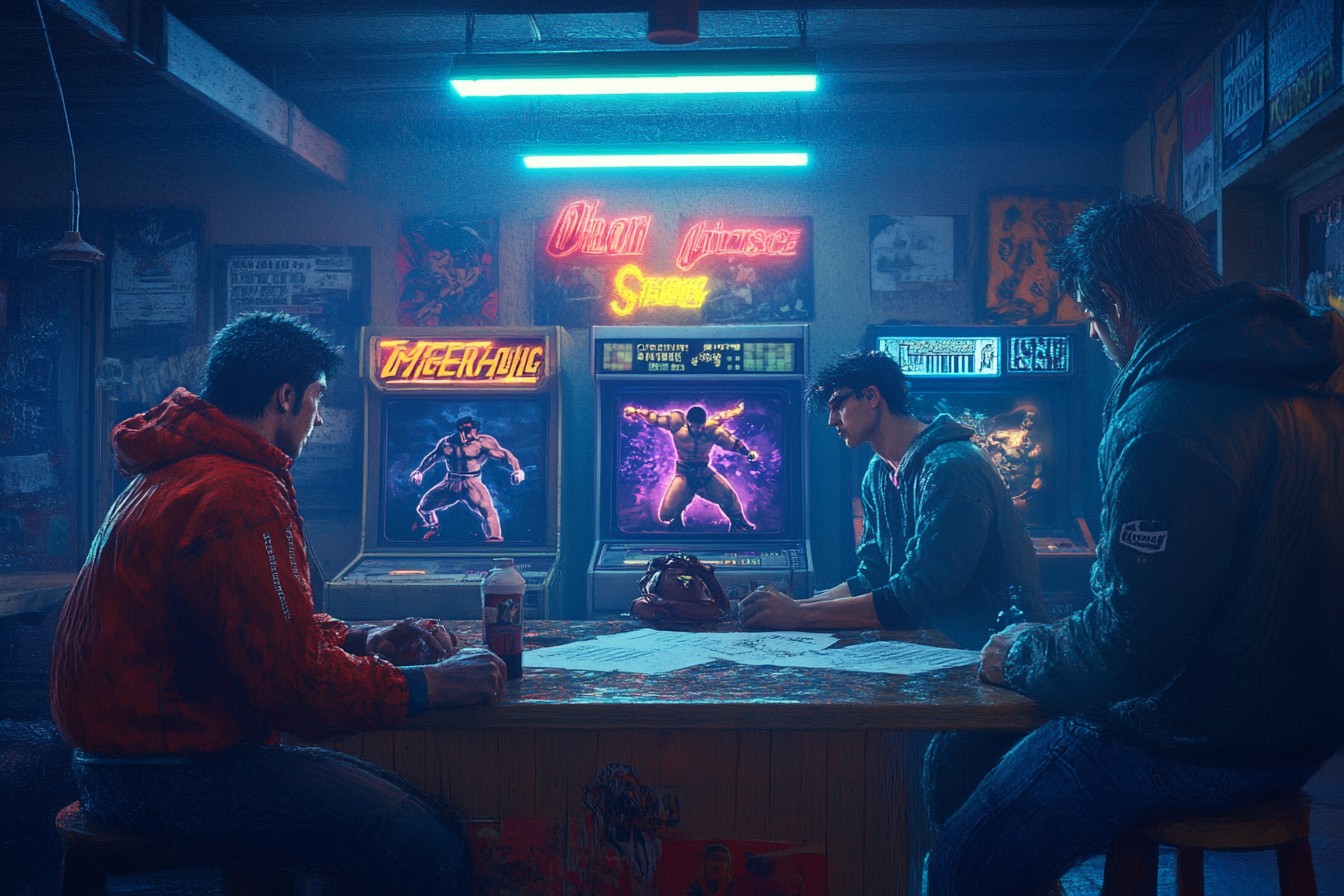
When Mortal Kombat hit arcades in 1992, it brought fighting games into mainstream consciousness through pure shock value. Those digitized actors and over-the-top fatalities created a moral panic that culminated in Congressional hearings. I remember my mom watching over my shoulder once when a character got his head ripped off, spine still attached. Her only comment: “Well, that’s certainly creative.” Thanks for the progressive parenting, Mom.
The violence controversy around Mortal Kombat seems almost quaint now, but it led to real changes in the industry, including the creation of the ESRB rating system. More importantly for fighting game evolution, it showed that presentation and spectacle could be just as important as technical gameplay. The blood and fatalities got people in the door, but the relatively accessible special move inputs kept them playing.
The technical evolution of fighting game combo systems is something I’ve witnessed firsthand, from the accidentally discovered combos of Street Fighter II to the intentionally designed systems of later games. I still remember the first time I pulled off a genuine combo—linking Guile’s standing medium kick into a Flash Kick. It wasn’t much by today’s standards, but I jumped out of my chair like I’d just won EVO. The kid waiting for next game looked at me like I was insane, which was fair.
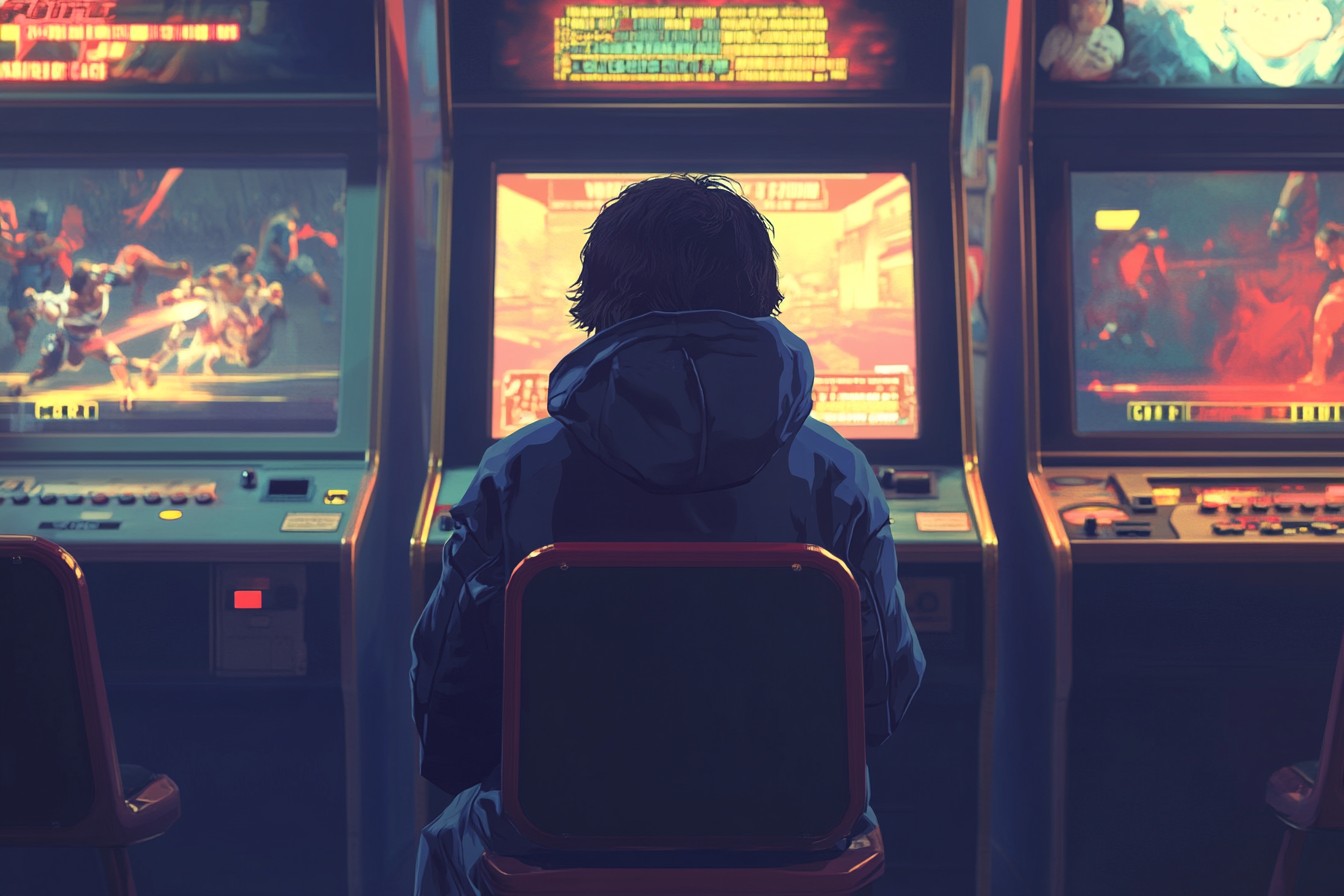
As fighting games evolved, their combo systems grew increasingly complex. By the time games like Marvel vs. Capcom 2 came around, combos could involve dozens of hits, multiple characters, and timing windows measured in single frames. Learning these sequences required a dedication bordering on obsession. I filled notebooks with combo notations and spent hours in training modes repeating the same sequence until my fingers developed muscle memory.
My college roommate Tyler used to bang on the wall at 2 AM when he’d hear me still practicing combos in my room. “GO TO SLEEP, MIKE!” he’d yell. “ONE MORE REP!” I’d call back, continuing to work on whatever Tekken string I was struggling with. I’m genuinely surprised he didn’t smother me in my sleep.
The transition from arcade to home consoles changed fighting games fundamentally. Early console ports were often pale imitations of their arcade counterparts—I remember the disappointment of the original SNES Street Fighter II port with its missing animation frames and input lag. But as console technology improved, the balance of power shifted. By the PlayStation 2 era, arcade-perfect ports were not just possible but expected.
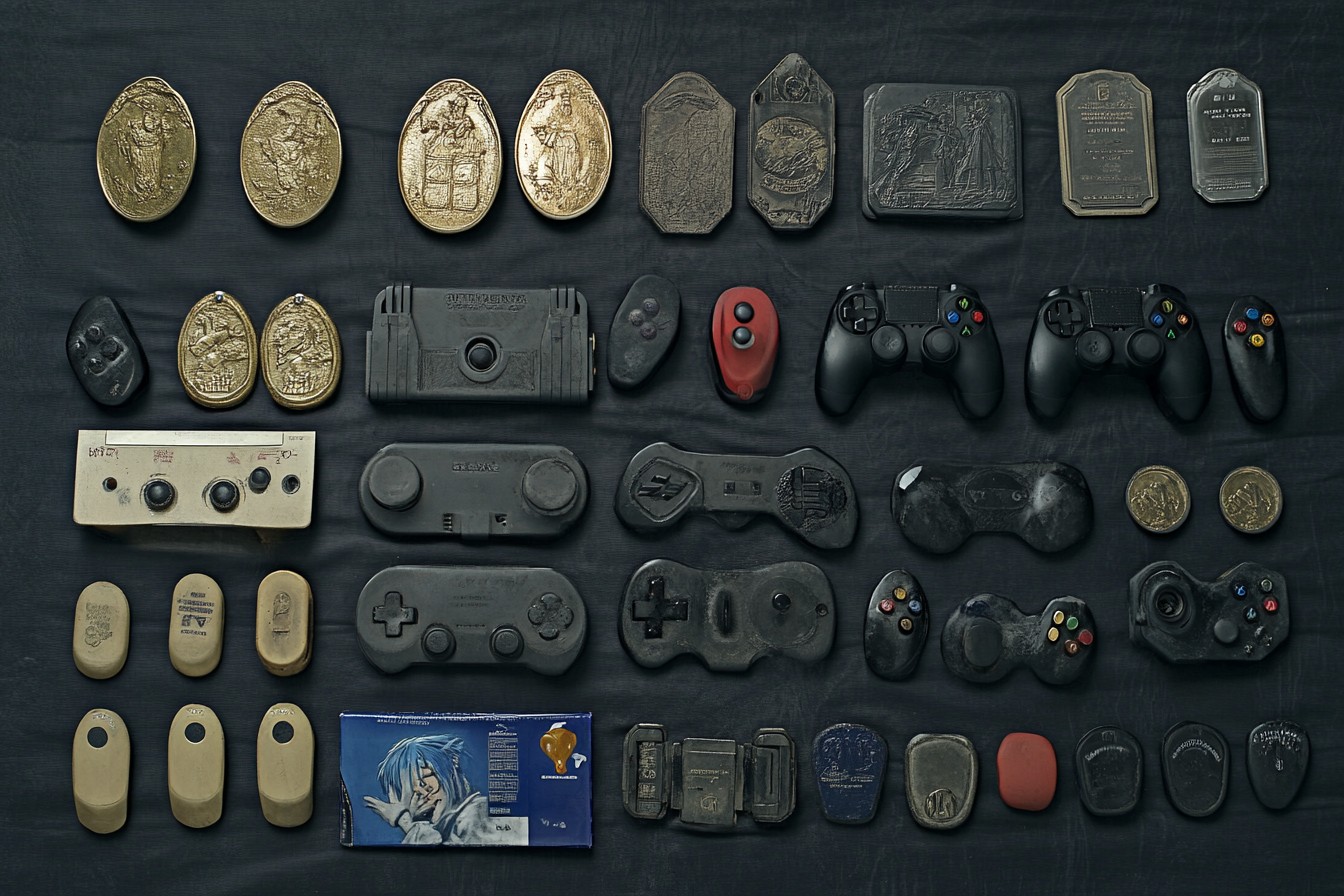
This transition raised the eternal question: arcade stick versus controller? I’ve gone back and forth over the years, but ultimately settled on stick for 2D fighters and controller for 3D ones. There’s something about the tactile feedback of a quality arcade stick that connects me to those formative arcade days. I’ve owned probably a dozen different sticks over the years, ranging from cheap plastic monstrosities to a custom Hori RAP I modified with Sanwa parts that cost more than my first car payment.
My proudest fighting game moment came at a local Street Fighter IV tournament in 2010. I made it to the winners’ finals using Guile—still my main after all those years—against a Sagat player who had been dominating the local scene for months. The venue was the back room of a comic shop, packed with maybe forty spectators. When I landed the winning Flash Kick, completing a comeback from a significant life deficit, the place erupted. For one brief, shining moment, I felt like Daigo Umehara. I got destroyed in the grand finals, but that moment of glory was worth all the practice hours.
The rise of the fighting game community (FGC) as an organized entity has been fascinating to witness. What started as isolated arcade scenes connected only by magazine articles and rumors has transformed into a global community with professional players, corporate sponsorships, and international tournaments. The growth hasn’t always been smooth—the FGC has had its share of controversies and growing pains—but the trajectory has been remarkable.
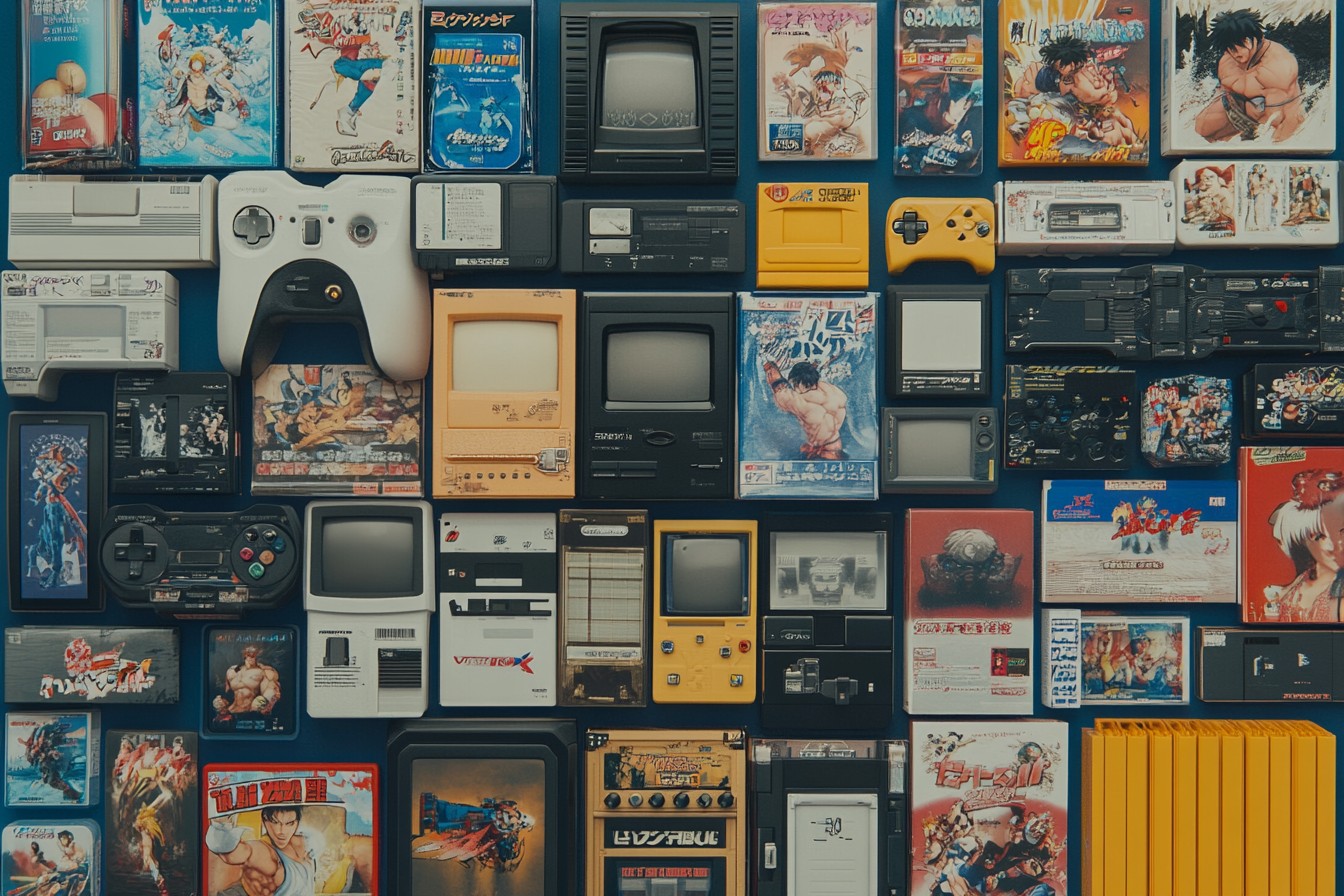
EVO, the annual fighting game tournament that began in 1996 as “Battle by the Bay,” has become the Super Bowl of fighting games. I’ve never competed at EVO, but I’ve attended twice as a spectator. There’s nothing quite like being in an arena with thousands of other fighting game fans, all collectively losing their minds over a perfect parry or clutch comeback. EVO’s historical moments have become the stuff of fighting game legend—Daigo’s full parry against Justin Wong, Moment 37 as it’s known, still gives me goosebumps when I watch it on YouTube.
The technical side of fighting games has become increasingly visible as the community has matured. Frame data, hitboxes, and other once-hidden mechanics are now common knowledge, analyzed in exhaustive detail on websites and YouTube channels. What makes this technical explanation interesting is that it adds layers of depth without necessarily making the games less accessible to casual players. You don’t need to know that a move is “+7 on block” to enjoy playing, but that knowledge is there if you want to go deeper.
A proper technical explanation of fighting game frame data would require more space than I have here, but the basic concept is that every action in a fighting game takes a specific number of frames to execute, recover from, and leaves you in advantage or disadvantage states when blocked or connected. A move that’s “+3 on block” means the defender is unable to act for 3 frames after blocking, giving the attacker a slight advantage. This seemingly small detail determines which moves can be safely used in pressure strings, which must be reserved for punishes, and helps explain why your button keeps getting stuffed by your opponent’s attacks even though you’re SURE you pressed it first (a constant source of frustration for me).
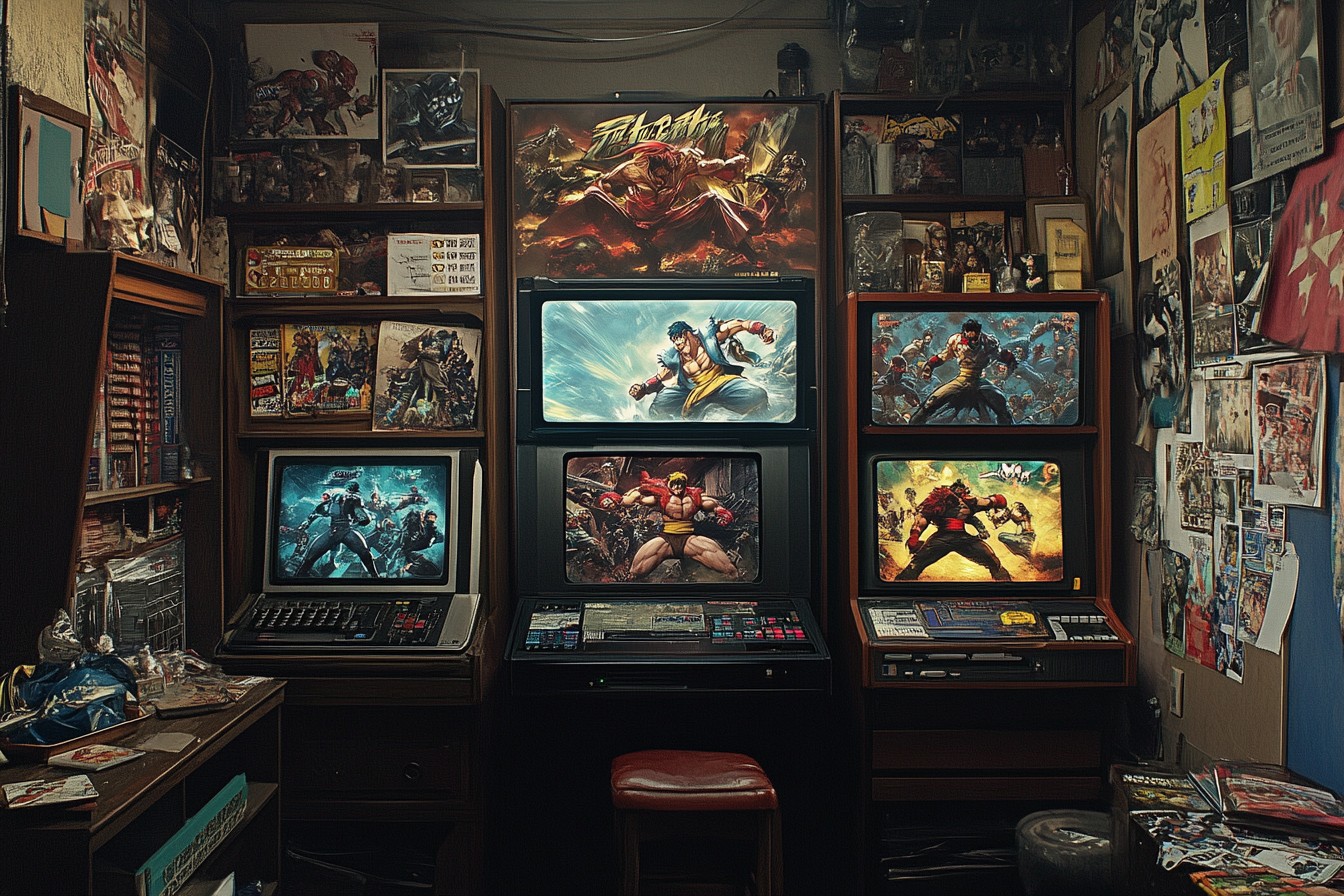
The fundamental differences between 2D and 3D fighting games go beyond the obvious visual distinction. Traditional 2D fighters like Street Fighter emphasize horizontal spacing, fireball zoning, and precise execution. 3D fighters like Tekken and Virtua Fighter add sidestepping, varied attack heights, and often more emphasis on strings and momentum. I’ve always found myself gravitating toward 2D fighters, but I went through an intense Tekken phase in college that nearly cost me my academic standing.
My roommate from that time, Kevin, was a Tekken prodigy who could pull off just about any move from any character on command. Watching him play was like seeing a completely different game than the one I was struggling with. “It’s all about movement,” he’d say, demonstrating Korean backdashing across the stage with effortless precision while I mashed buttons trying to replicate it. “You’re thinking too linearly.” Twenty years later, I still think too linearly.
The importance of good netcode became painfully apparent during the pandemic when in-person tournaments and casual sessions became impossible. Fighting games have always been primarily local multiplayer experiences—sitting next to your opponent, feeling the tension, talking trash—but the future clearly demanded robust online play. The rollback netcode revolution has transformed online fighting games from laggy approximations of the real thing to viable competitive platforms. Games with good rollback implementation like Killer Instinct set the standard that others are still catching up to.
I’ve lost count of how many hours I’ve spent in discord calls with friends during lockdown, running long sets in various fighting games, trying to recapture some fraction of that in-person experience. It wasn’t the same, but with good netcode, it was close enough to keep the competitive fires burning.
The challenge of balanced roster design has become increasingly apparent as fighting games have evolved. Early fighting games might have had ten characters with broadly similar capabilities and maybe one or two obvious top tiers. Modern games often feature rosters of 30+ fighters, each with unique mechanics and playstyles. Achieving balance across such diverse character designs is nearly impossible, leading to the era of constant patches and updates.
I’ve experienced the emotional roller coaster of main character buffs and nerfs many times. When Guile got significant buffs in a Street Fighter V update, I texted multiple friends who hadn’t played the game in years just to gloat. When my secondary character Dhalsim got nerfed the following patch, I considered it cosmic justice.
Modern approaches to fighting game accessibility have divided the community at times. The introduction of simplified control schemes, auto-combos, and other features designed to lower the entry barrier have been met with both appreciation and resistance. As someone who’s been playing these games for decades, I have mixed feelings. I want more people to experience the depth and satisfaction fighting games can provide, but I also value the execution skill I’ve developed over thousands of hours.
What I’ve come to realize is that fighting games are ultimately about the journey—the gradual improvement, the rivalries, the community. Whether you’re playing on an arcade cabinet in 1992 or on a modern console in 2025, that core experience remains. Fighting games continue to evolve and adapt, but the fundamental appeal—testing your skills directly against another player—remains as powerful as when I first put my quarter up all those years ago. Though I will say, my thumb joints appreciate the more ergonomic controllers of today much more than my teenage self could have anticipated.

